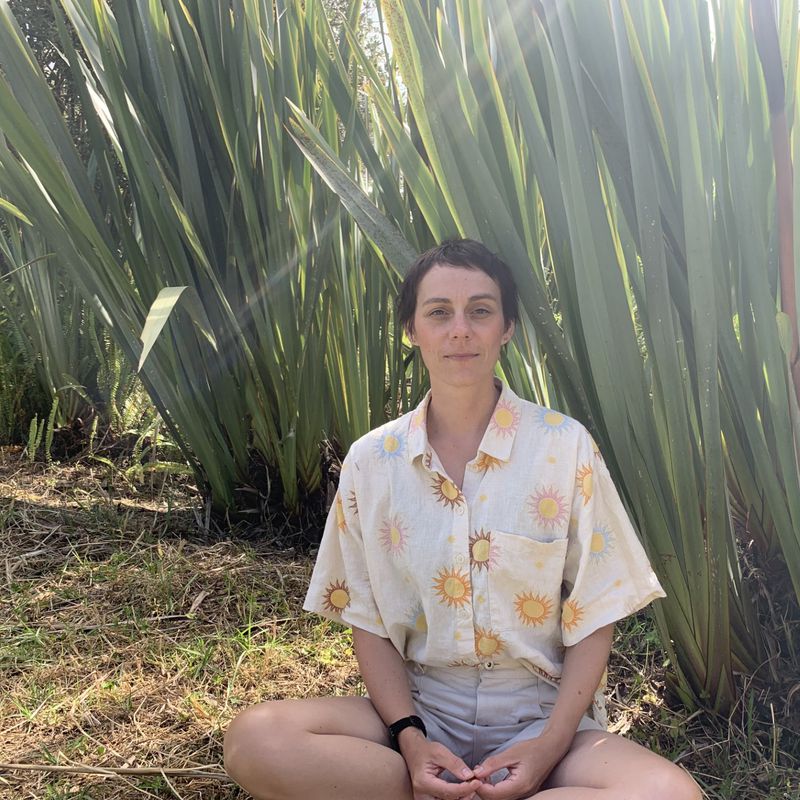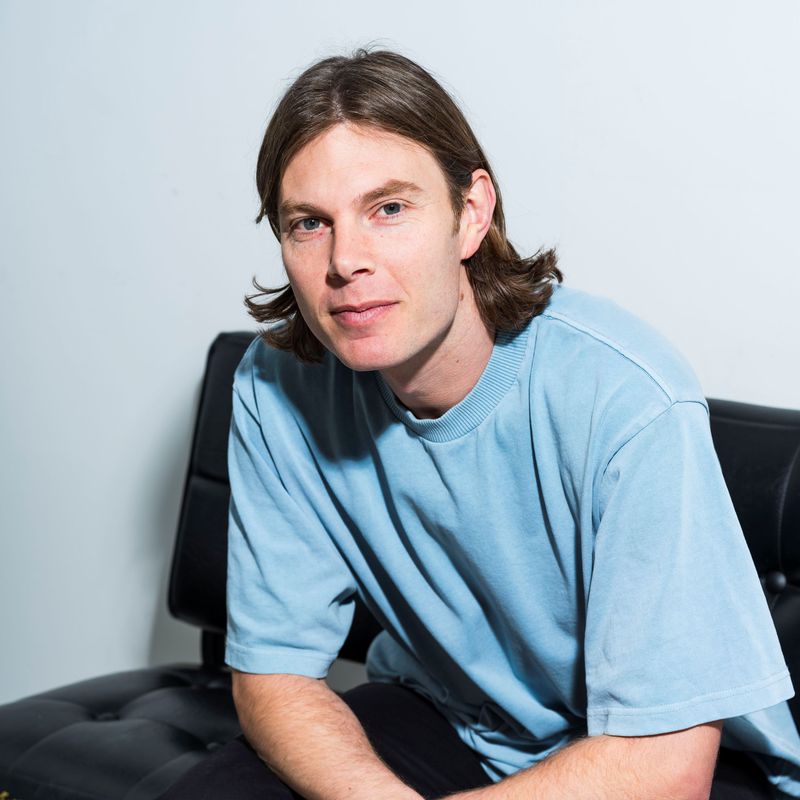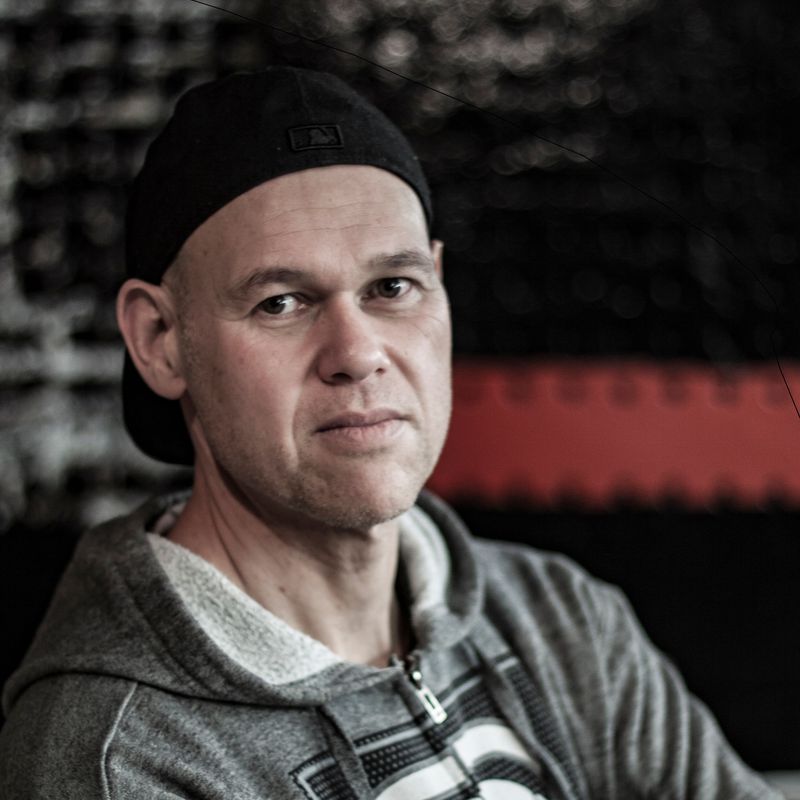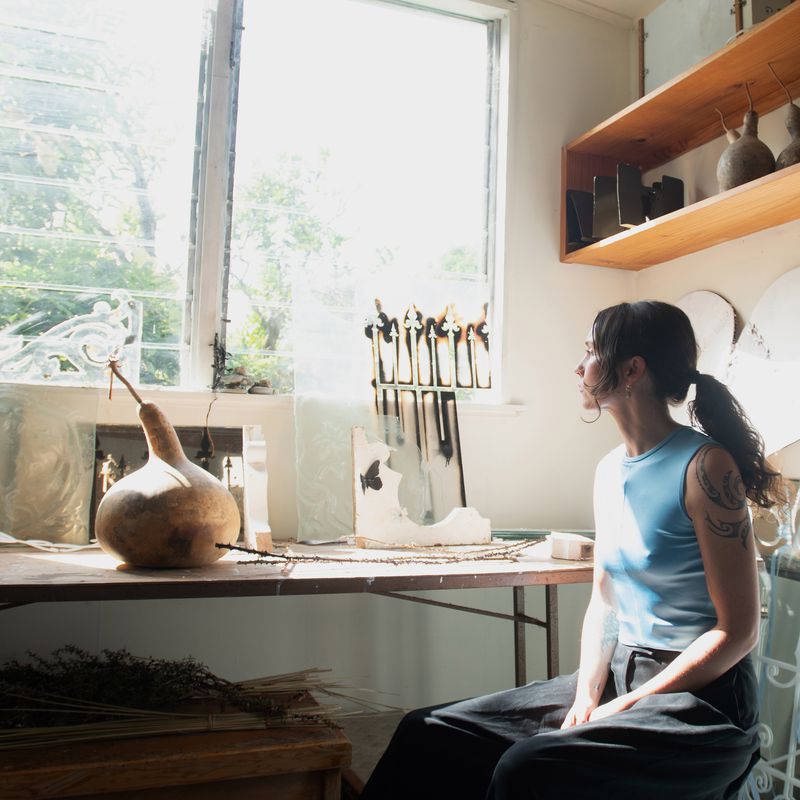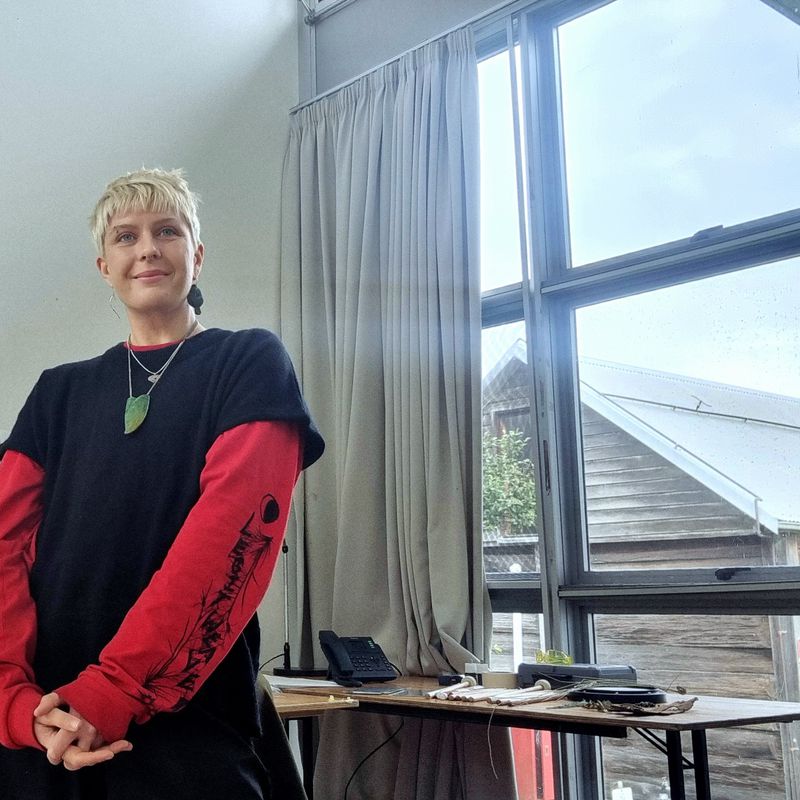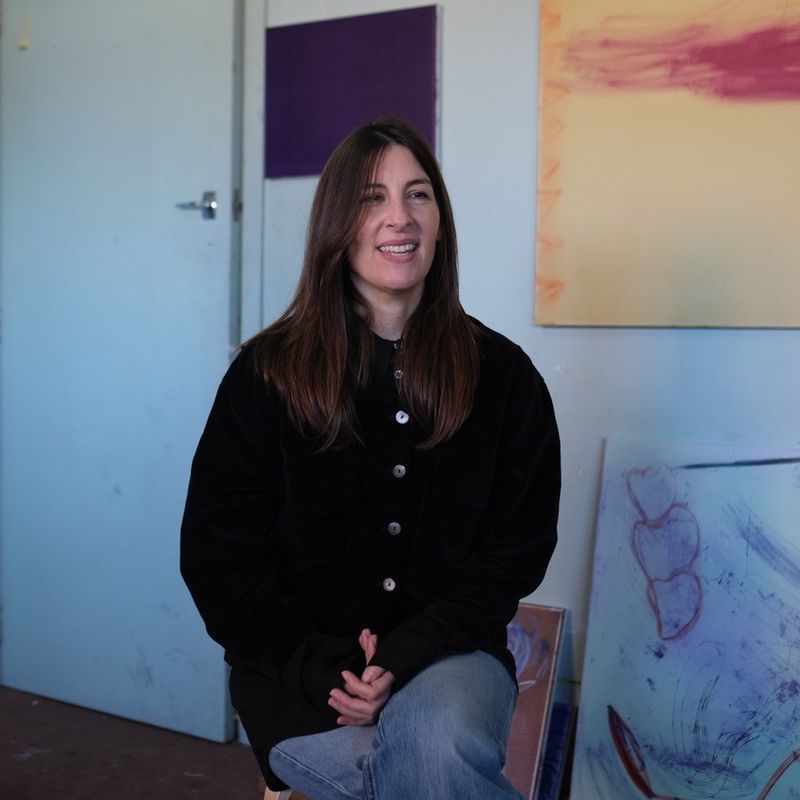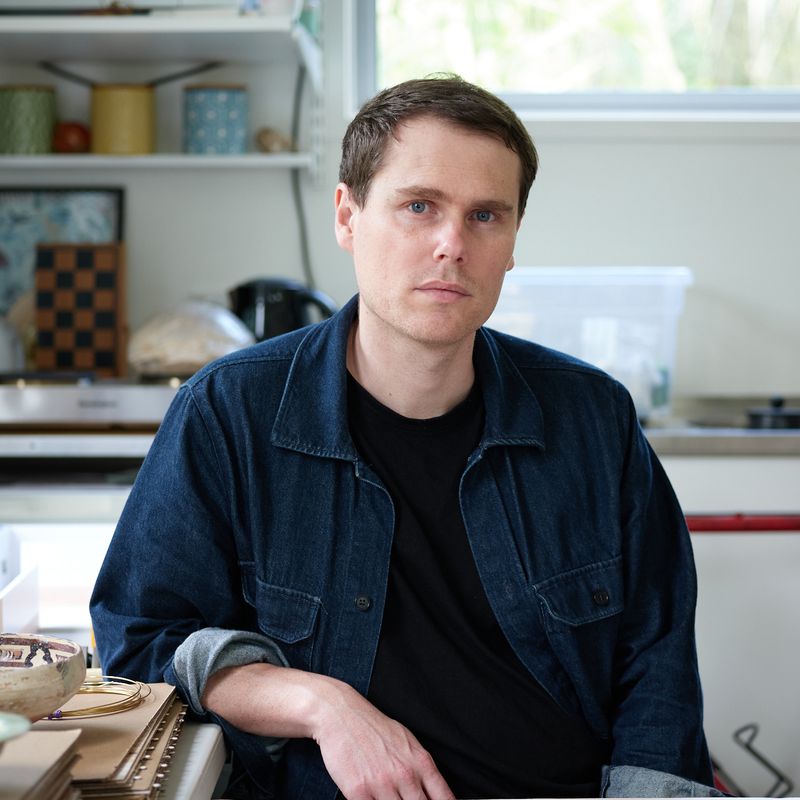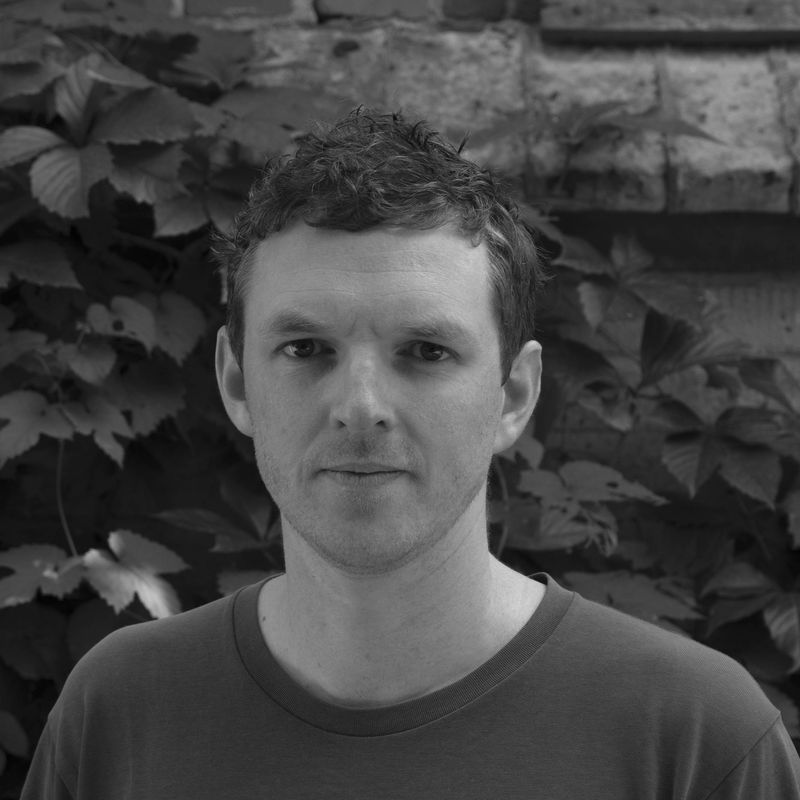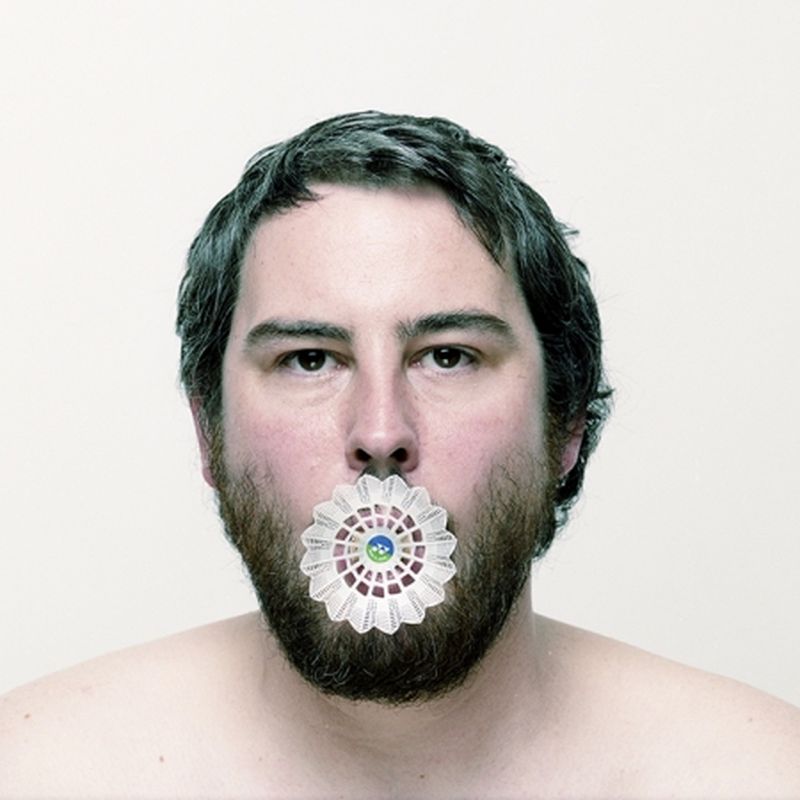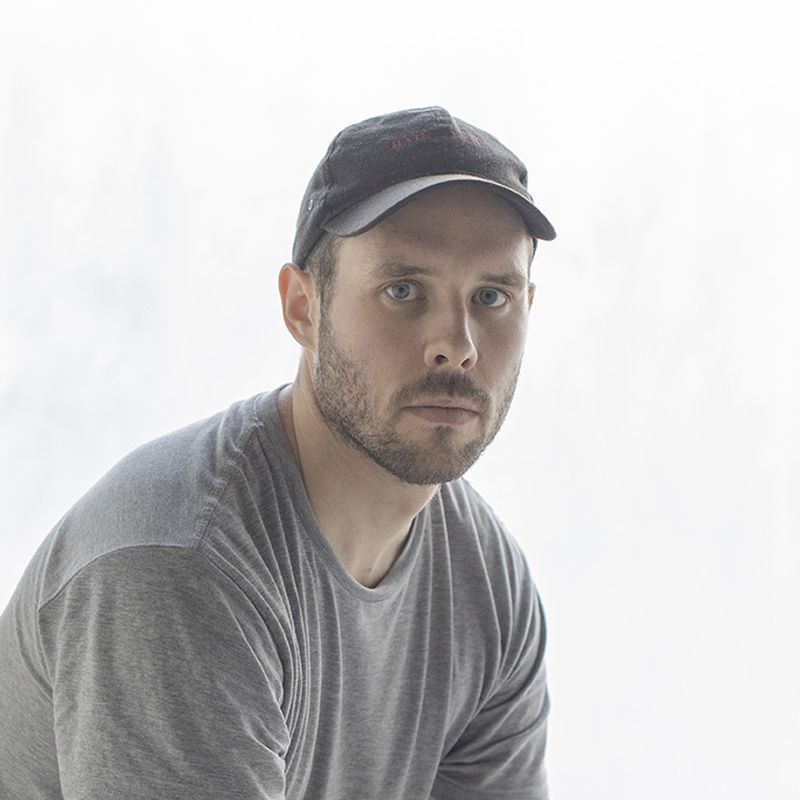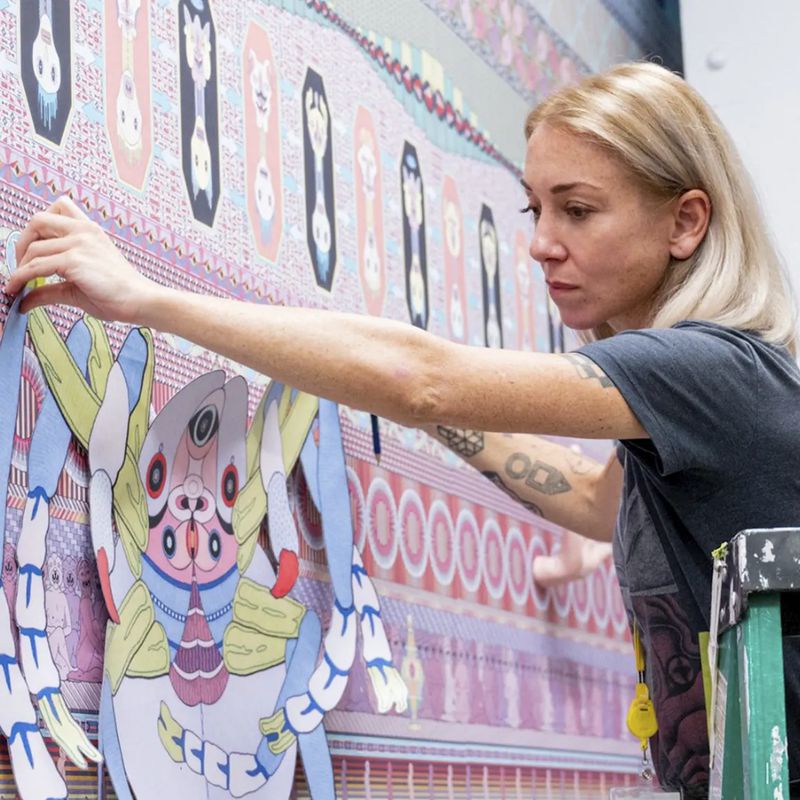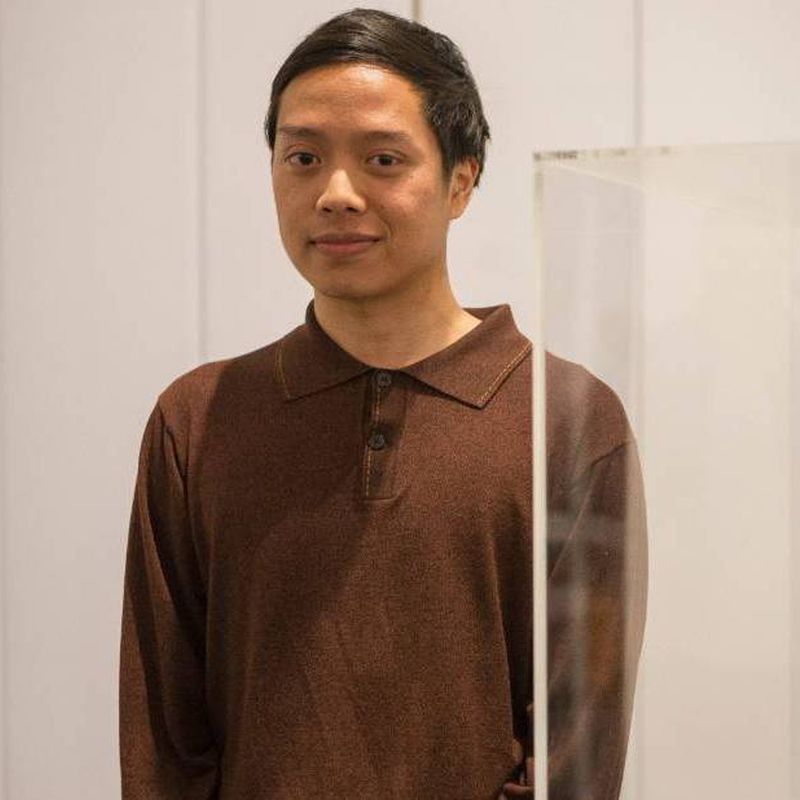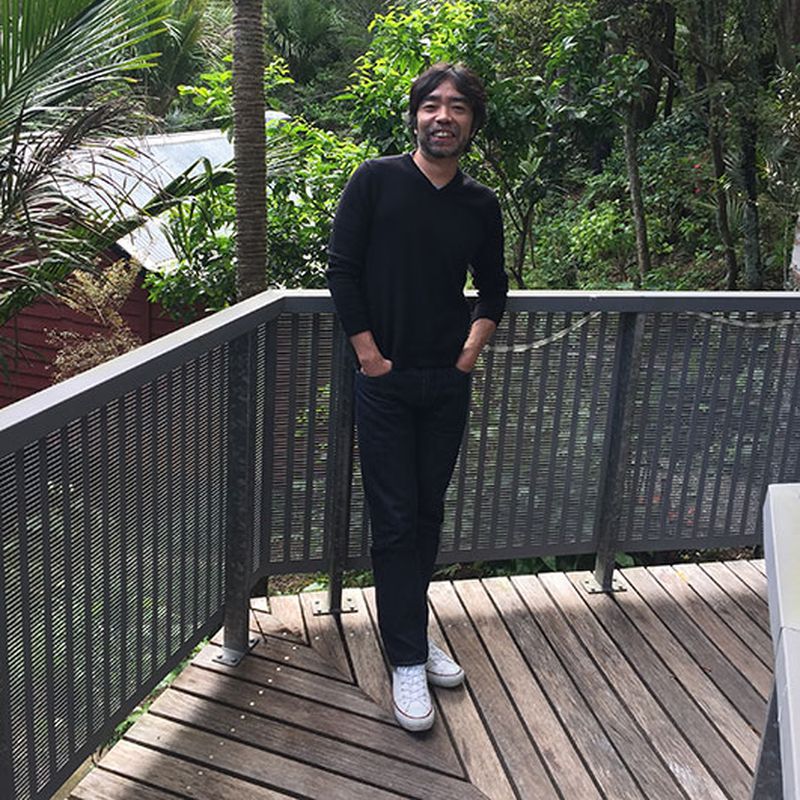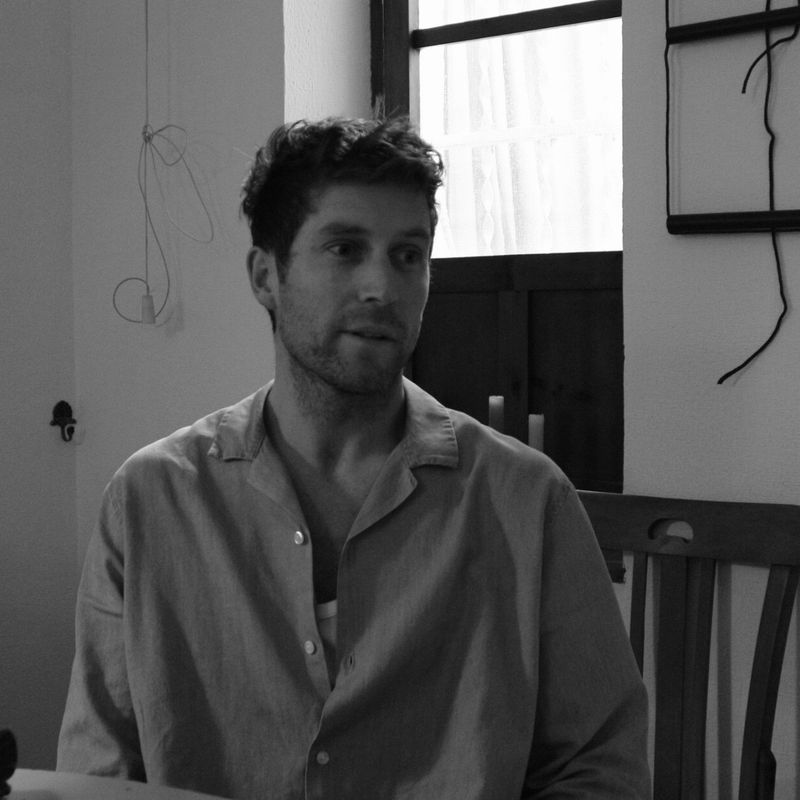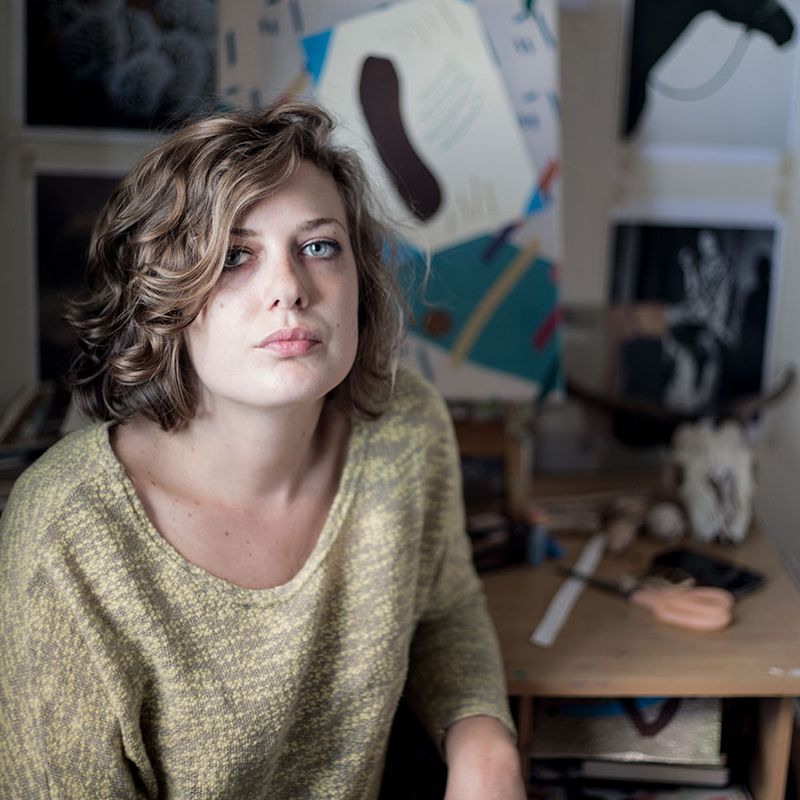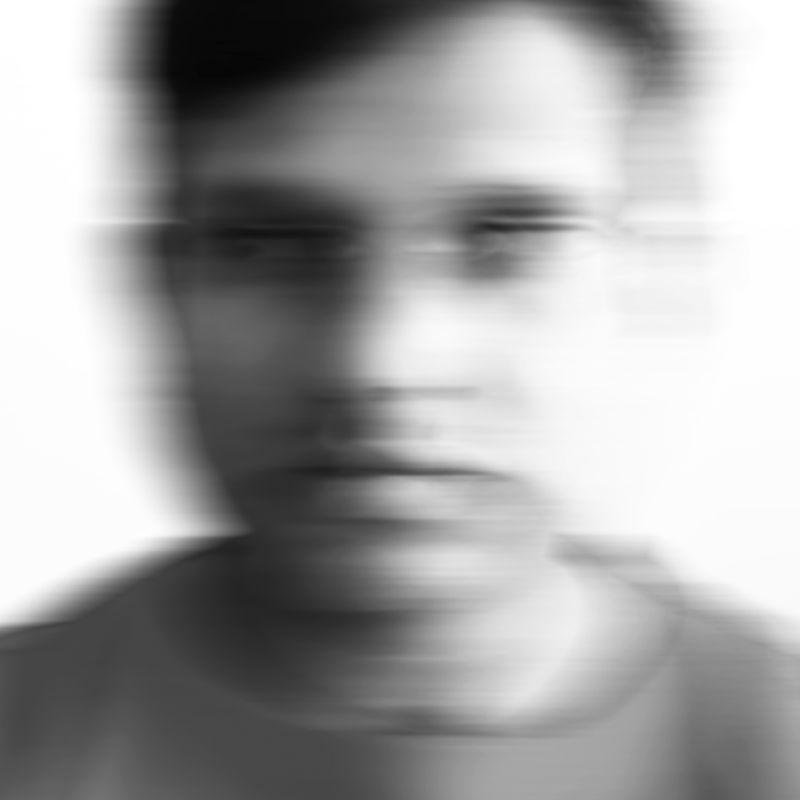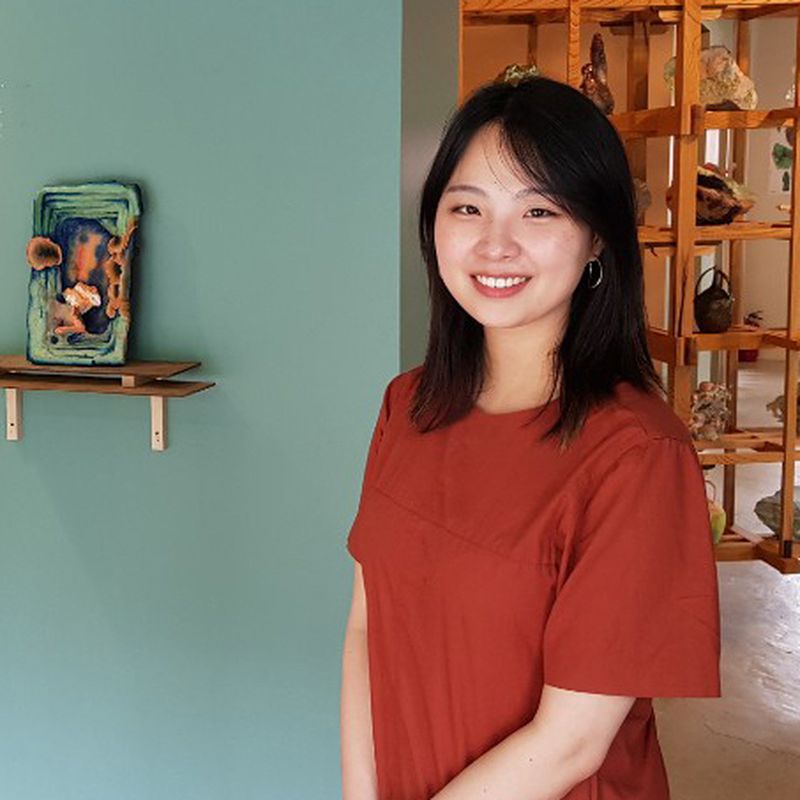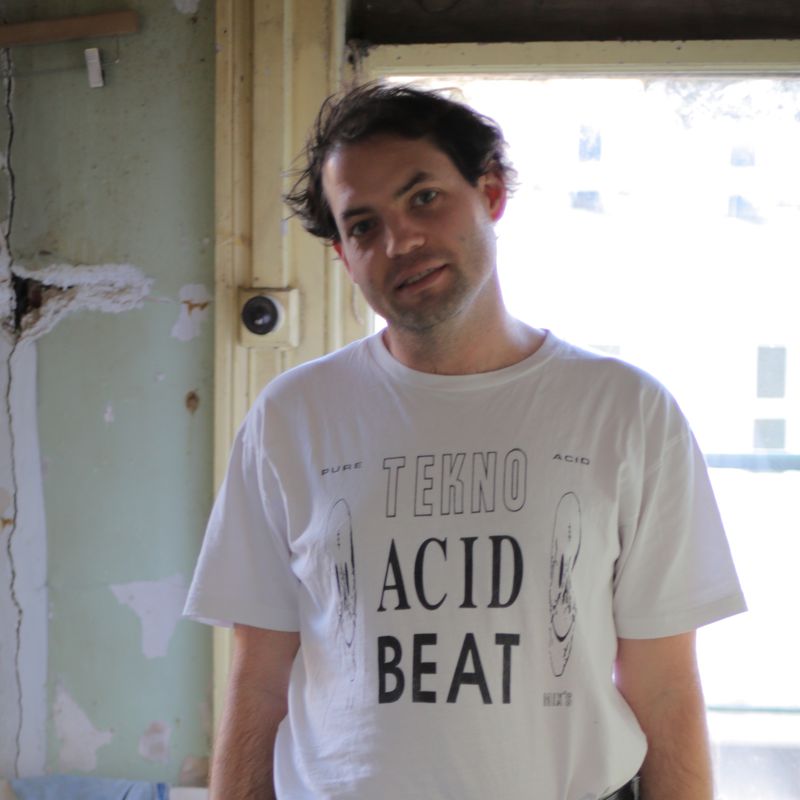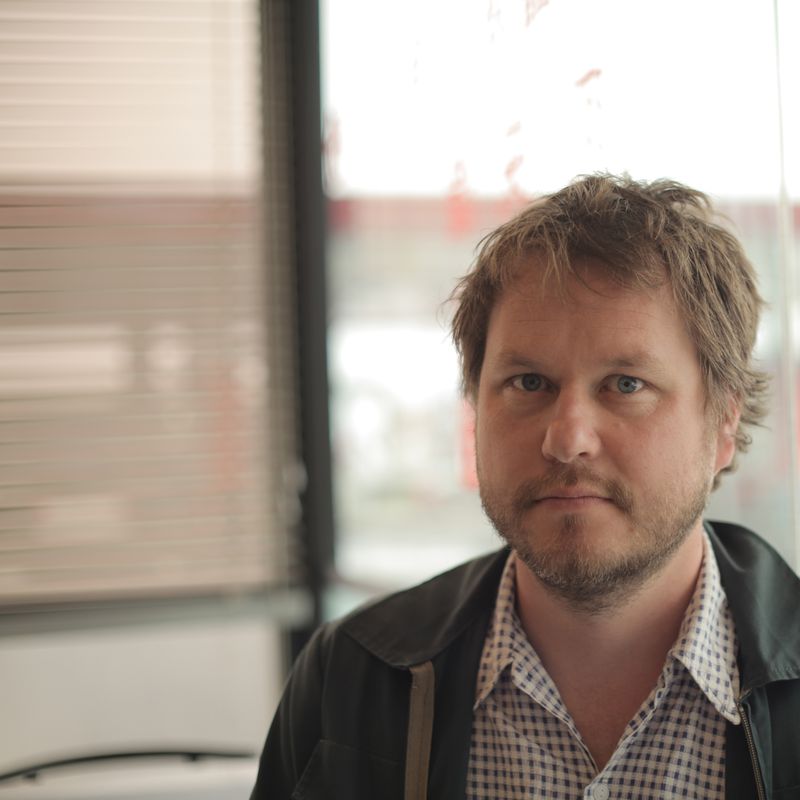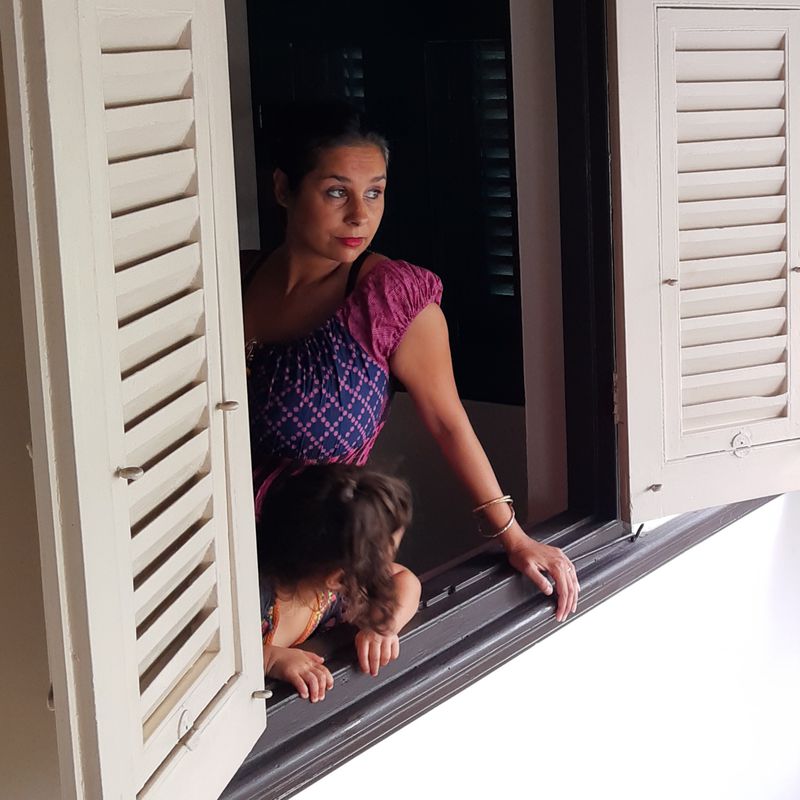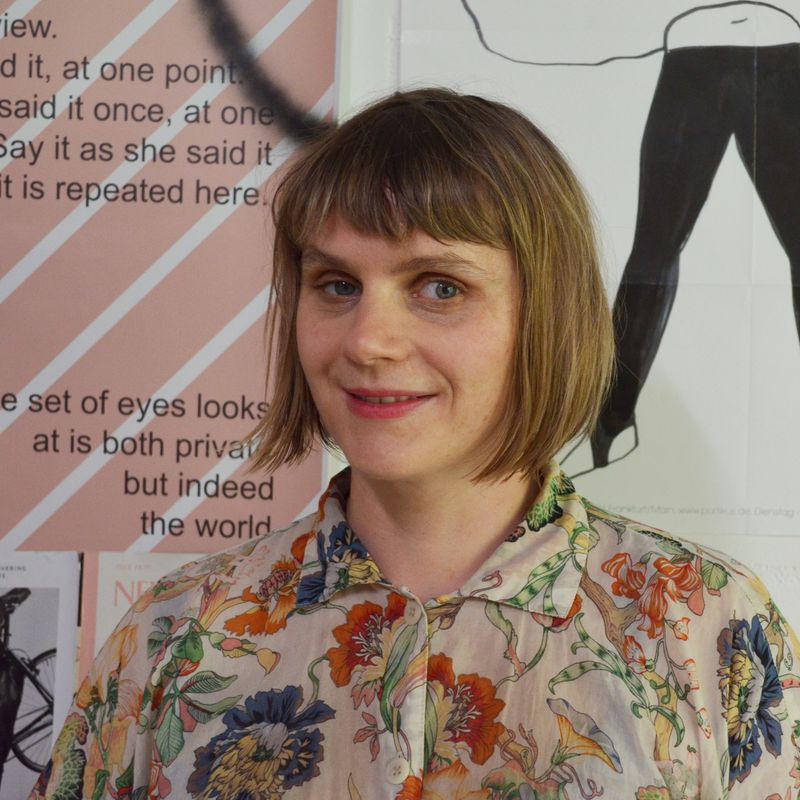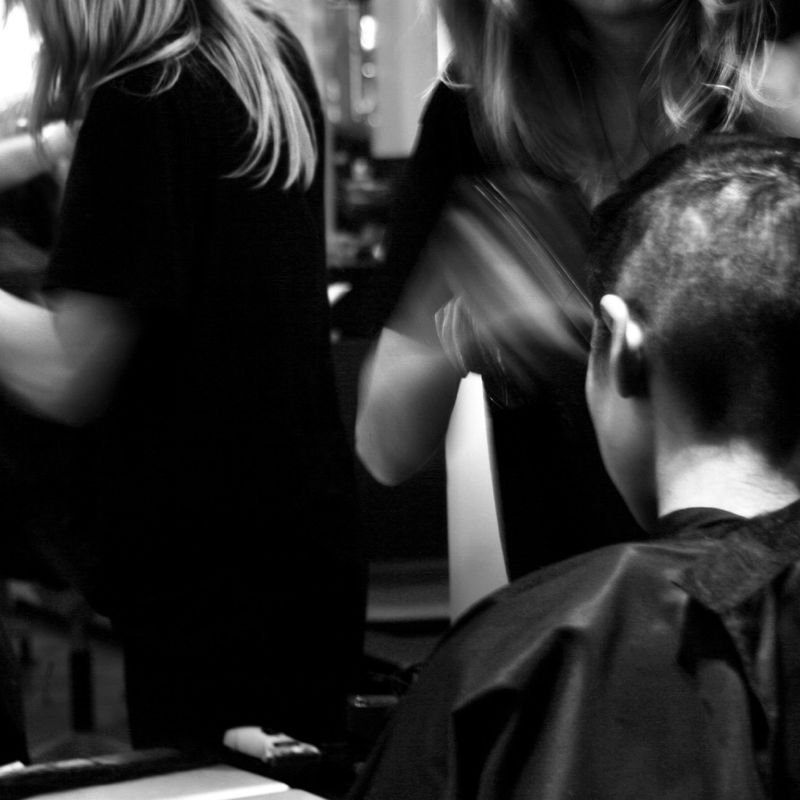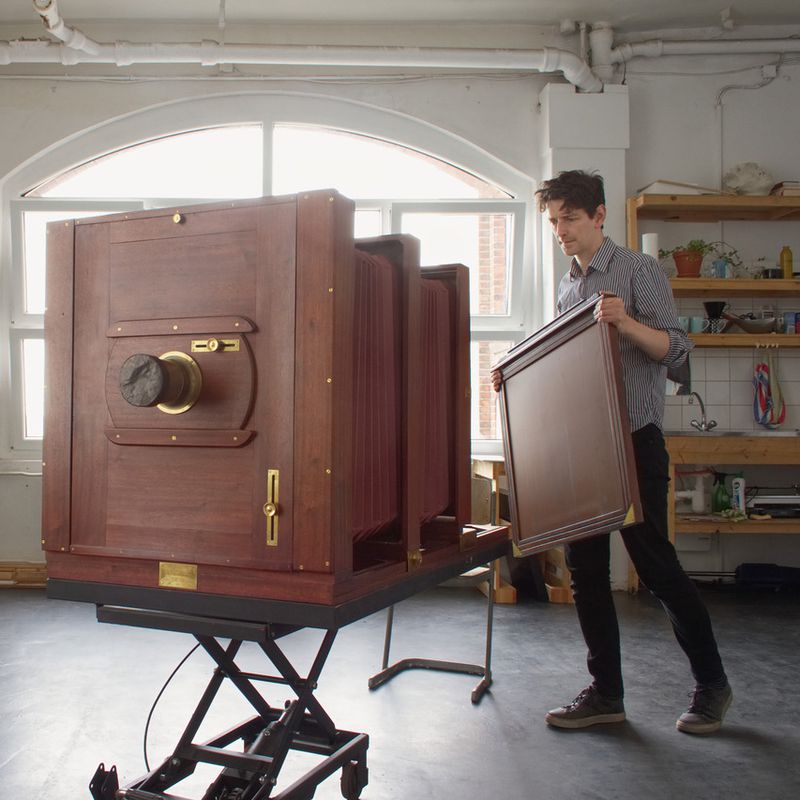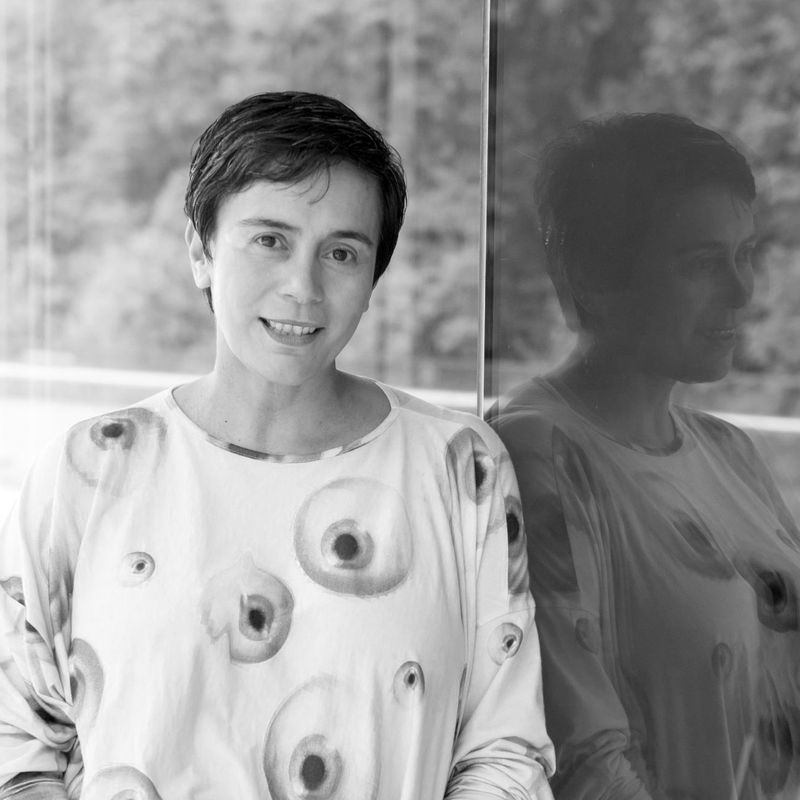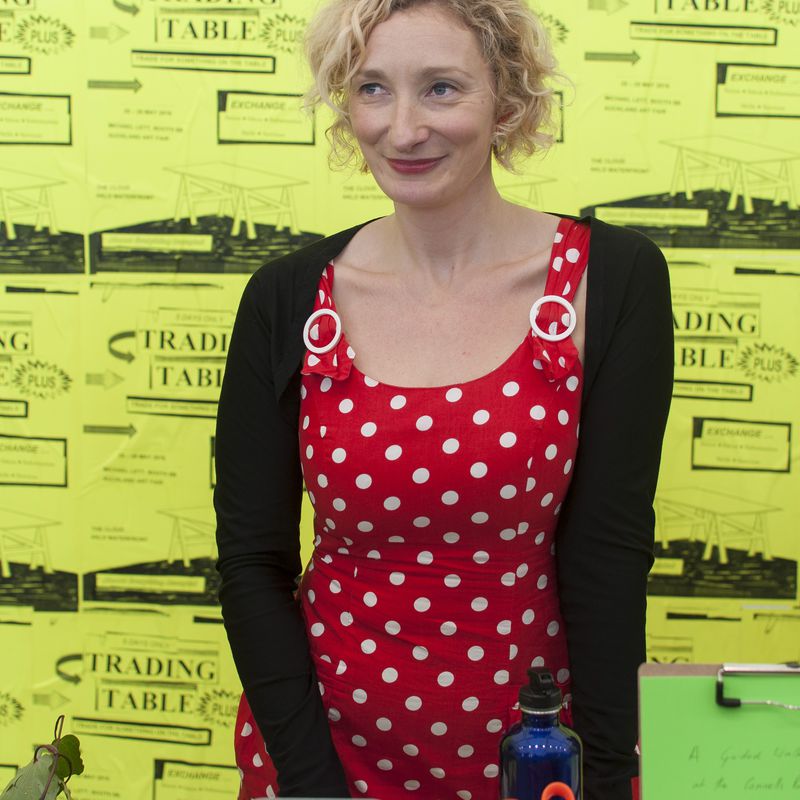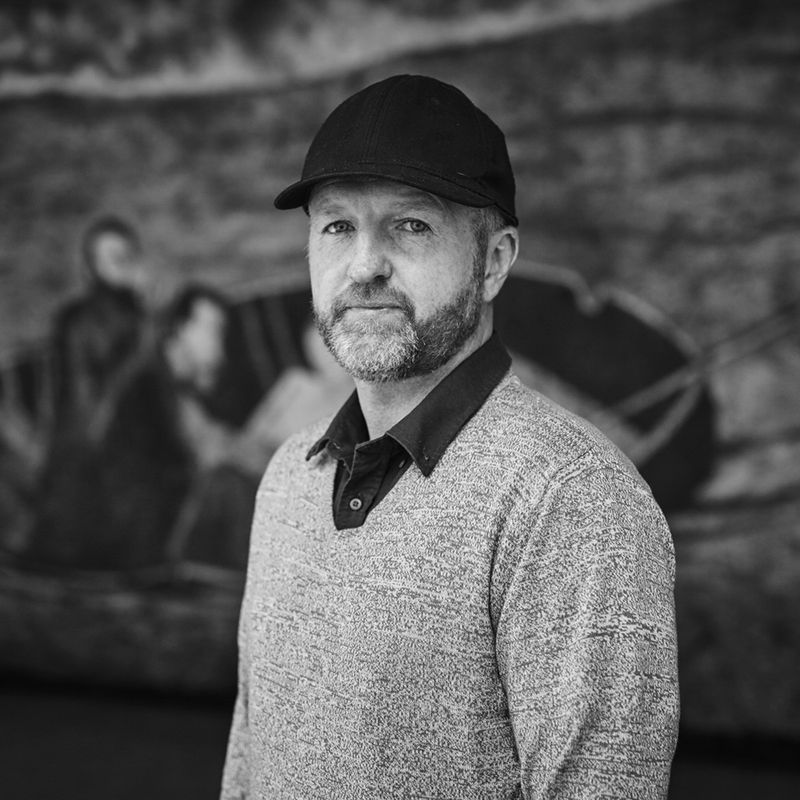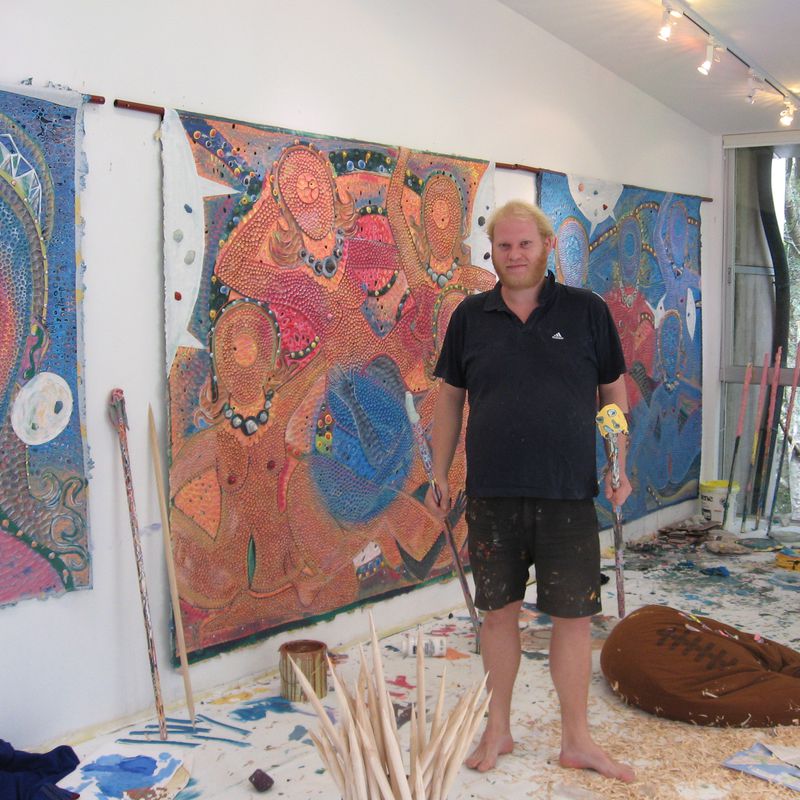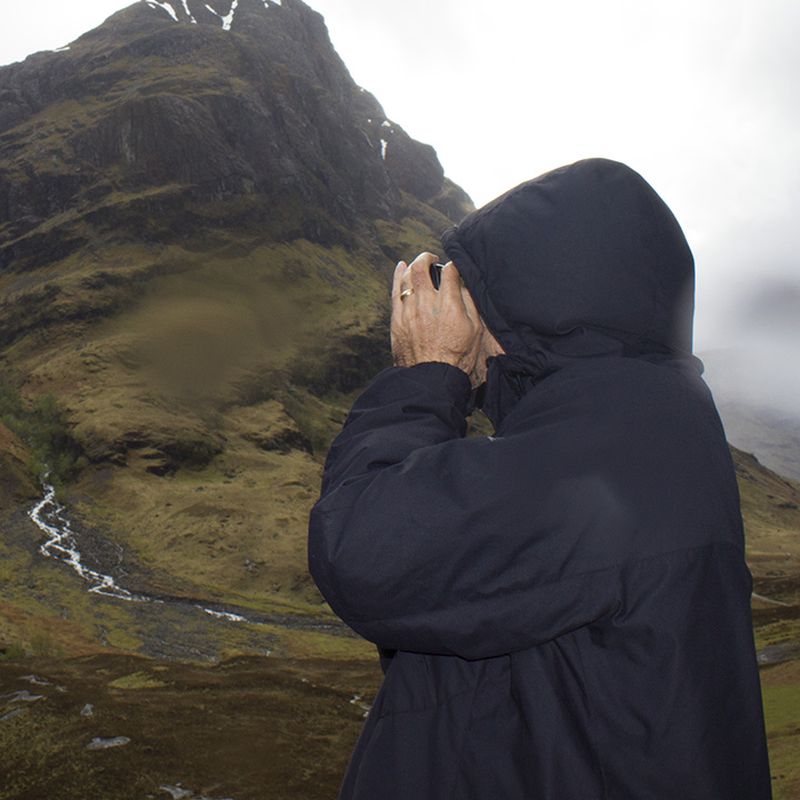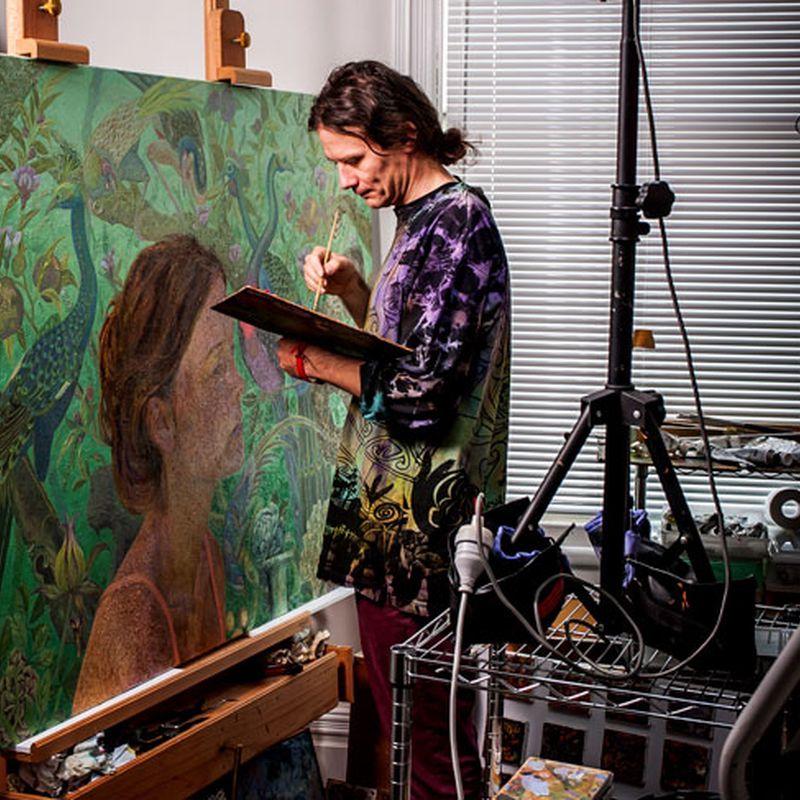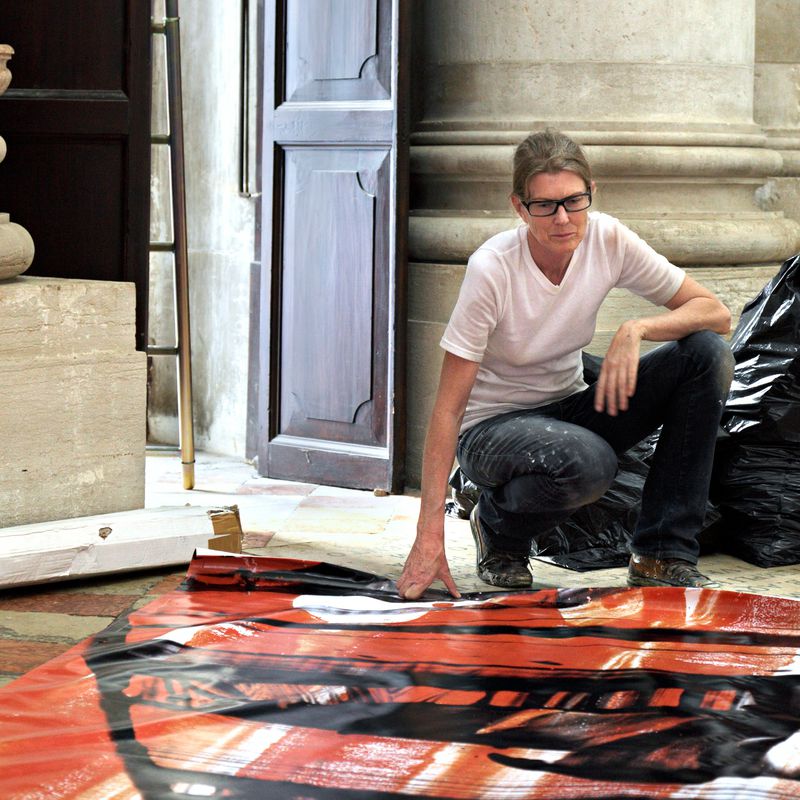- Amy Howden-Chapman2014
- Ana Iti2020
- Andrew McLeod2007
- Andy Leleisi’uao2010
- Anoushka Akel2024
- Ava Seymour2009
- Ayesha Green2022
- Ben Cauchi2011
- Benjamin Work2024
- Bepen Bhana2016
- Campbell Patterson2015
- Cora-Allan Lafaiki Twiss2021
- Dan Arps2014
- Daniel Malone2014
- Emily Karaka2021
- Emma Fitts2018
- Eve Armstrong2009
- Fiona Pardington2013
- Gavin Hipkins2007
- George Watson2024
- Glen Hayward2011
- Imogen Taylor2017
- James Robinson2007
- Jess Johnson2019
- Jim Speers2010
- Juanita McLauchlan2025
- Judy Millar2006
- Kathy Barry2012
- Lisa Reihana2009
- Liyen Chong2012
- Louise Menzies2016
- Luise Fong2008
- Madison Kelly2024
- Martin Basher2010
- Matthew Galloway2025
- Michael Stevenson2023
- Moniek Schrijer2021
- NELL2023
- Neke Moa2023
- Nicola Farquhar2018
- Oliver Perkins2017
- Owen Connors2023
- Regan Gentry2012
- Richard Frater2020
- Richard Lewer2008
- Rohan Wealleans2008
- Rowan Panther2025
- Ruth Buchanan2013
- Sarah Hudson2025
- Sarah Smuts-Kennedy2016
- Sefton Rani2025
- Sorawit Songsataya2018
- Steve Carr2020
- Suji Park2015
- Tanu Gago2022
- Taro Shinoda2017
- Tiffany Singh2013
- Tim Wagg2019
- Wayne Youle2019
- Zac Langdon-Pole2022
Dan Arps
YEAR OF RESIDENCY
March - May 2014
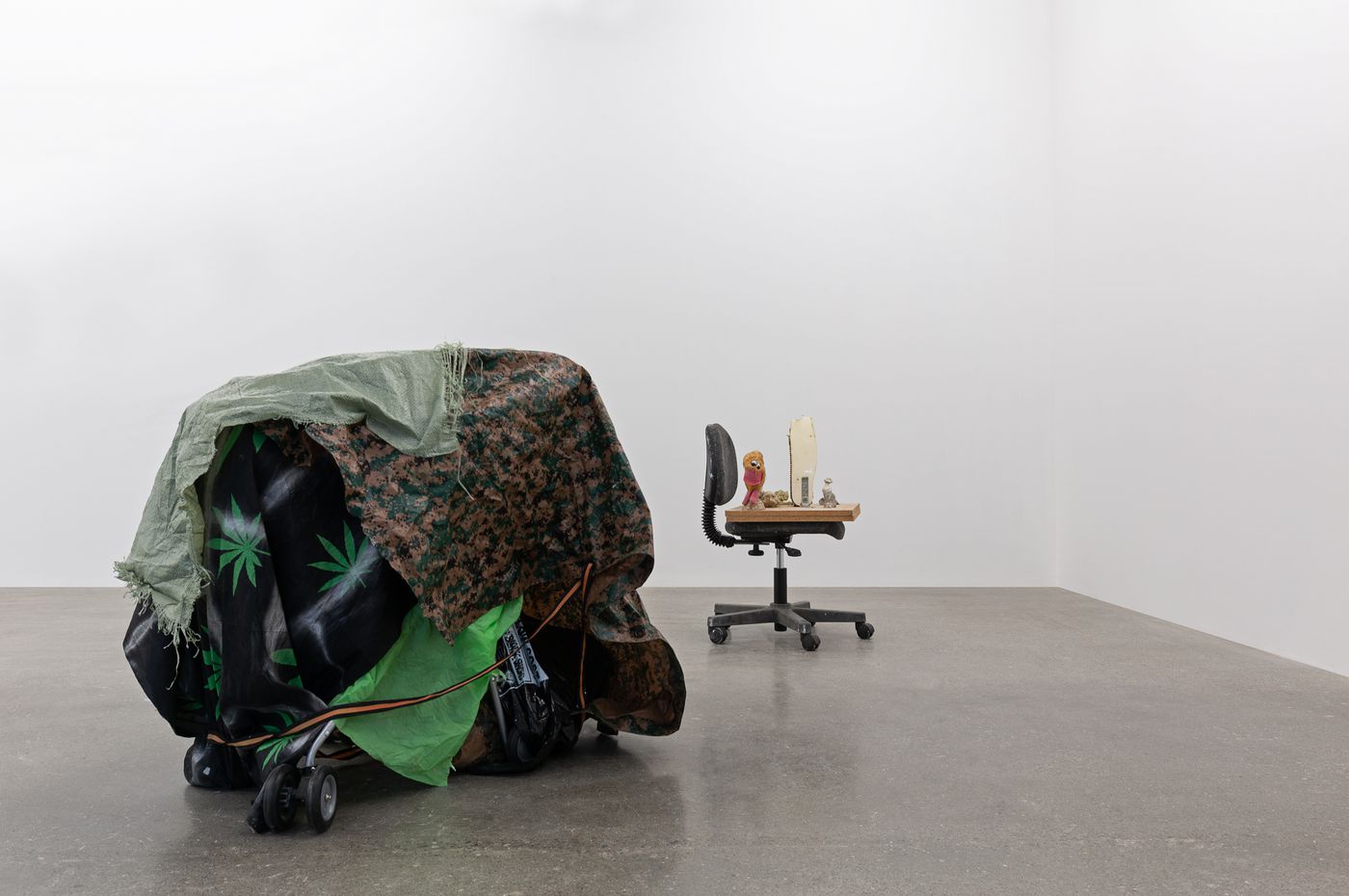
Dan Arps is an Auckland based artist whose installations sculptures and paintings fuse architecture, public space, nomadic structures expand on modernist traditions of abstraction, alienation and the everyday to explore and respond to the urban environment and contemporary subjectivity. Arps has exhibited extensively in New Zealand and Australia with occasional sojourns further afield, including the solo exhibitions Nested Cells at Michael Lett, Auckland (2017) and Overproof Recombinants at Robert Heald Gallery Wellington (2019) and the group exhibitions Necessary Distraction at Auckland Art Gallery Toi o Tāmaki (2015) and Abject Failures at Hastings City Art Gallery (2018).
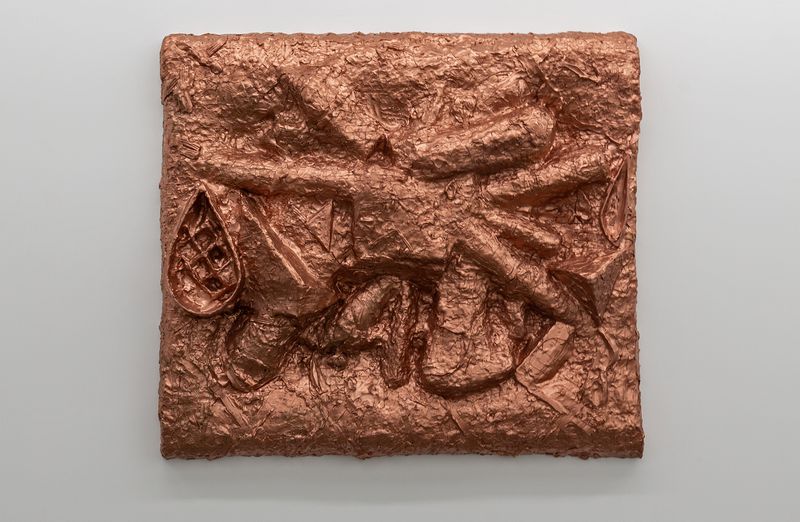
Composition 3 (Copper), 2019, polyurethane and paint, 122 x 138 x 16cm. From the exhibition Overproof Recombinants, 2019, Robert Heald Gallery, Wellington
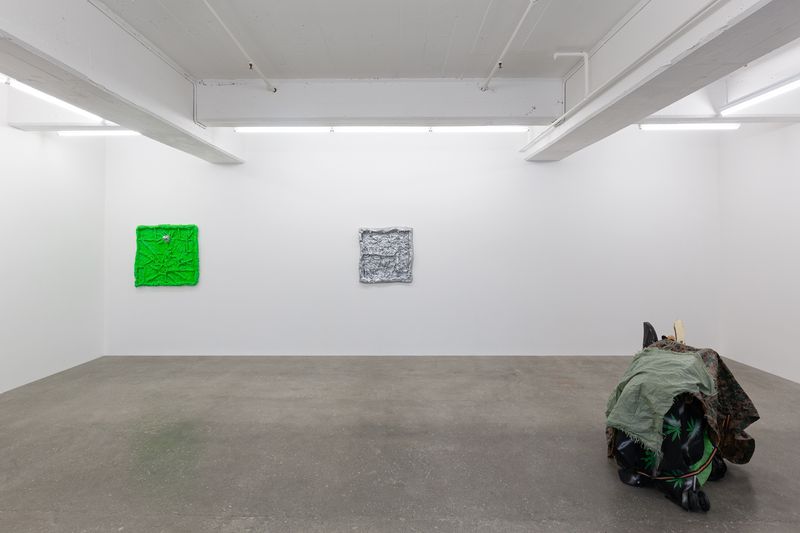
Overproof Recombinants (installation view), 2019, Robert Heald Gallery, Wellington
The Ouroboros is a common enough feature across cultures that we might want to call it an archetype. Of course, that its continuity might be the general feature of the Milky-Way, explains this reoccurrence less as mere coincidence than an ingrained thread of and for culture. But really, if the history of humanism teaches us anything, surely it is fear of universalities. So no, I am not going to elevate the Ouroboros as an archetype so that this abstract device might ordain the machinic totality of human culture as a terran reality that is plied upon us. What I will do though, is refer to the Ouroboros as a re-occurring trope, which fittingly enough, and as Donna Haraway reminds us,[i] is a figure predicated on turning, on a turning of the narrative, so that what a trope achieves is precisely a sort of endless questioning, an interrogating of the narrative. Recast as such, the Ouroboros emerges less as the squalid archetype of a postmodernity stuck in the zombie politics of late-capitalism the more it is a retuning of such narratives entirely.
As I said, all tropes turn, so it’s fitting that the Ouroboros itself turns. So that the dragon’s head eats its own tail. Perhaps we might simply say that it curls upon its tail, so that when the tail moves, the head also moves. Or as the head closes in on the tail, the tail shifts, so that the head is forever coming close to the tail. You can see then already how we get either two or one of the same condition. That of the dog that wags the master’s tail, a common enough trope for a disenfranchised vision of “beltway” politics, or the manipulations of an obscene culture predicated on instant obsolescence and the prolongation of insatiable desire. Both are forms of succulence as self-immolation. No wonder then that the Ouroboros is wheeled out so often. As a figure, as a trope. But seriously, the only reason we glean such disenfranchised times is because we fear the hybridisation of the human, so that what we have convinced ourselves as being our anomic condition, our malnourished self-immolating stasis, is simply our inability to think about how contaminated the presumed autonomy of the human is, and always has been. Which is why, for all our cries of disenfranchisement, we never really fear the tail that wags the dog, nor the profusion of a culture of convenience which has left us in the absurd state of an obesity epidemic. Should it surprise us then that we do, with such frequency turn to this trope, this Ouroboros, the archetype that does turn in upon itself, even perhaps a little like the ostrich with its head in the earth, are we not also trying to find our feet! But that doesn’t mean we have to read the Ouroboros as emblematic of the pig-headedness of modern consumers, what Gilles Châtelet calls little consumer Robinsons.[ii]
So as I’ve said, not really. Better to read the Ouroboros as simply cyclic. Like the Milky Way. It turns in upon itself, so that rather than reading it as a form of obsolescence, of a culture of insatiable greed, of a parasitic runaway culture, we might think of it instead as a trope intrinsically tied to the carbon cycle of terran life, in which, as Eric Roston points out nothing is ever completely used-up.[iii] In fact we might read the cyclic atonement of the Ouroboros as simply reflective of the deep-scale recycling, indeed laundering carbon atoms undertake on earth, making us less carbon-based bipeds the more we are, carbon creations, legible expressions of a wholly other-way of life whose geochemical life-span dwarfs humanly autonomy by scales we cannot yet comprehend. Surely such atonement does belong to the Ouroboros. At the very worst it is surely a better fit than the disenfranchised rhetoric of a compulsively analytical pop-culture. And yet, Arps has long drawn from such a reservoir of subcultural agency. So much so, that his work has often been read as though it is merely the baroque embrace of marginalised, subcultural forms in order to exuberantly renew staid narratives. Such at least underlines Jonathan Bywaters’ analysis of Arps’ practice in relation to the compulsive shaping of a ‘new’, so that the ‘self-deprecatory caricature’ of Arps’ intervention in culture over-codes his resurrection of abject objects so that such ‘making strange’ effects a new trajectory of resourcefulness that can see past, or can indeed ‘reject the pressures that a capitalist mode of production enforces’.[iv] Which of course is a reading that works, especially in a culture that overvalues its position on the margins as a creative prolix for invention, for critical capacity. And yet, in an age in which we are so actively weaned on the over-eager cultural worker, what could be more trite. Indeed, what could be more insulting for an artist so dedicated to subcultural tropes. For its not just the Ouroboros that re-emerges in this edition, but the Ace of Spades and the Pirate too. Both again as self-deprecatory caricatures and yet what for?
Yes because I never said that the Ouroboros Arps fashions is so lumpenly cast, looking as decadently against value as it possible can. Which of course is the signification of an implicit crisis, one that detours this object down the ‘making strange’ narrative, so that we do turn these tropes, these figures, just as I have already, refashioning the Ouroboros from icon of consumer-obsolescence to ... yes what exactly. There’s a crisis of meaning here. One can only turn a trope so many times before it cordially re-invites the vary narrative we once turned from. There is then, uncanny prescience to perform such conceits with the Ouroboros, a trope that itself turns, that is less icon of self-immolation the more it might actually be a geological time-bearer. At least that’s the logic of the old Norse myth that held that the Ouroboros is the sedated serpent, so large that it becomes the land itself, for it is everywhere and turned in upon itself. And yet of course in that myth along comes the trickster who is said to awaken the Ouroboros and potentially cast us (humans) into oblivion.[v] How easily then we might read Arps re-fashioning of this trope as a re-enactment of this trickster’s tuning, becoming in turn a hybrid mythopoetic/ecological reading, that, especially giving its casting in polyurethane, allows the obscenity of consumer capitalism to finally come home to roost. And yet I can’t help but feel that such readings aren’t just dissatisfying but that they fundamentally don’t work. After all, all of these readings rely on the emphatic iteration of an omnipresent culture of capitalism as a figure of last resort, meaning we have to read Arps’ work as somehow a response to the relation to value of one kind of another, so that what we experience in his aesthetic re-invigoration is both an exhaustion of supply and a baroque dandyism that’s bogus at best and misleading at worst.
So yes, what! What! There are three works in this edition for McCahon House; Broken Circle, (what I’ve been referring to as the Ouroboros), Pirate Study, and Aces. All share the commonality of being cast polyurethane works. That is they are all densely lumpen, even obscene in the baroque condition to affront value. All three also take common, over-utilised tropes of culture and re-cast them for culture. So much so that you might say that the tropes themselves are entirely interchangeable, something that is perhaps more true of Pirate
Study and Aces, in which the tropes are surrounded by disjointed polyurethane carpentry. Frames that are as shockingly out-of value the more they reassert their own terms of value. Which is why on one level we can leave the drawings where they are, as doodles, as interchangeable iconography, a fact reiterated by their appearance in another of Arps’ works, in which these tropes and similar others are carved into a picnic table.[vi] But then surely this fluctuation of value, both the inversion of Arps’ dandyism and the interchangeability of the image, of the trope, is not solely the object of the artist’s immersive vectors, even if he has, elsewhere, written of Scrooge McDuck’s literalisation of the fluency of capital![vii] No, such speculation will not do.
It’s not that we need another narrative. We just need to stop this one about the creative fulcrum of the margins. Not every margin points to the fertile possibilities that exist outside of a diagram. That is, not every margin holds a creative, febrile imagining of business as usual. Indeed, even if it did, and more and more as this narrative becomes so omnipresent this is becoming all too obvious, the very reclamation of a subcultural or marginal position is simply folded back into business as usual. To give the most simplest of examples, just imagine if we took to Arps’ edition under such a narrative. Would we not reclaim the tropes as paradigmatic of the pokie games they could indeed derive from? Would we not then find optimism in the crunch of such an exploitative form of human-machine interface? I think
not. Indeed, under such conditions “hiding in the light” never seemed so
subversive. Arps’ edition might bring this home to roost but it no doubt holds other speculative possibilities, but how we might choose to read them comes down to our own approaches, not just to subcultural forms, but to the often over cherished values of human autonomy, or self-determination, which is I’m afraid a story better left for another time.
Essay commissioned by the McCahon House Trust on the occasion of Dan Arps' residency and resulting exhibition Plastic Mouthfeel III,2 April – 6 June 2016, at Te Uru Waitākere Contemporary Gallery
[i] See The Haraway Reader (London, Routledge,2004);65.
[ii] See To live and Think Like Pigs, The Incitement of Envy and Boredom in Market Demoncracies (Trans. Robin Mackay, London, New York: Urbanomic, Sequence, 2014); 49–57.
[iii] See, The Carbon Age; How Life’s Core Element has Become Civilisation’s Greatest Threat (New York, Walker and Co.: 2008).
[iv] See “Work-Life Balance: Recent Exhibitions by Dan Arps”, Reading Room 3 (2009); 104–119.
[v] See Jorge Louis Borges, The Book of Imaginary Beings (Trans. Andrew Hurley, London: Penguin, 2005); 147–148.
[vi] Common Coop Co-Op (2013)
[vii] See Arps’ essay on Peter Robison in Ack and other Abdications (Ed. Brian Butler, Auckland: Clouds, ARTSPACE, 2011).
Artist Artworks
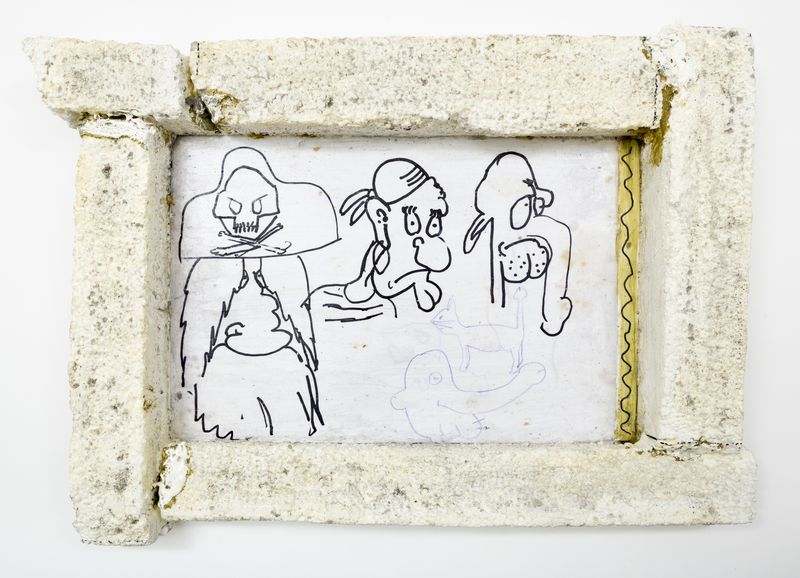
Dan Arps
Pirate Study
2014
polyurethane, paper, maker pen, acrylic medium
300 x 410mm
$3,000
Contact us to purchase this edition.
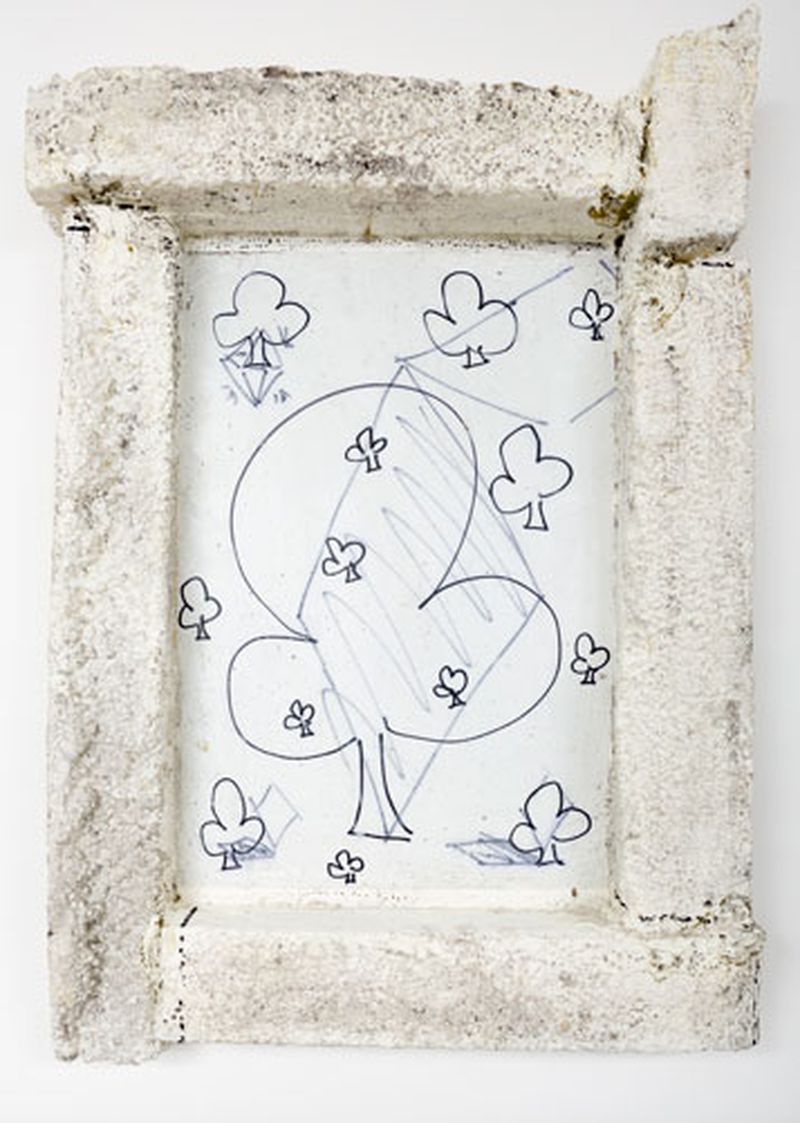
Dan Arps
Aces
2014
polyurethane, paper, maker pen, acrylic medium
410 x 300mm
$3,000
Contact us to purchase this edition.

Dan Arps
Broken Circle
2014
mixed media
80 x 505 x 400mm
Collection of McCahon House Trust
